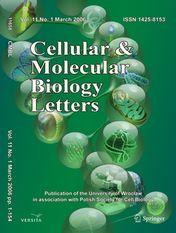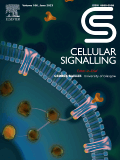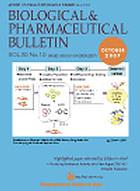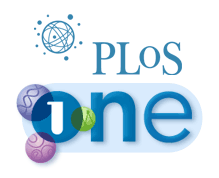
“The CB1 cannabinoid receptor is a G-protein coupled receptor that has important physiological roles in synaptic plasticity, analgesia, appetite, and neuroprotection.
We report the discovery of two structurally related CB1 cannabinoid receptor interacting proteins (CRIP1a and CRIP1b) that bind to the distal C-terminal tail of CB1. CRIP1a and CRIP1b are generated by alternative splicing of a gene located on chromosome 2 in humans, and orthologs of CRIP1a occur throughout the vertebrates, whereas CRIP1b seems to be unique to primates.
CRIP1a coimmunoprecipitates with CB1receptors derived from rat brain homogenates, indicating that CRIP1a and CB1 interact in vivo. Furthermore, in superior cervical ganglion neurons coinjected with CB1 and CRIP1a or CRIP1b cDNA, CRIP1a, but not CRIP1b, suppresses CB1-mediated tonic inhibition of voltage-gated Ca2+ channels.
Discovery of CRIP1a provides the basis for a new avenue of research on mechanisms of CB1 regulation in the nervous system and may lead to development of novel drugs to treat disorders where modulation of CB1 activity has therapeutic potential (e.g., chronic pain, obesity, and epilepsy).”
http://www.ncbi.nlm.nih.gov/pubmed/17895407










